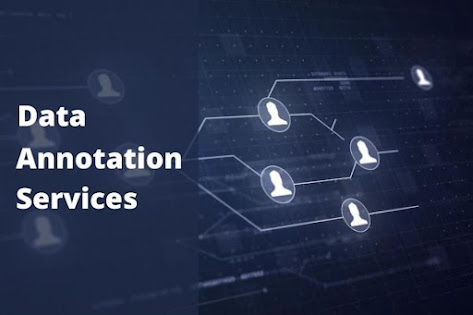Healthcare Diagnostics Dataset for Machine Learning Applications
Introduction:
In the era of data-driven healthcare, the marriage of medical expertise and machine learning (ML) has the potential to revolutionize diagnostics and patient care. A critical ingredient for the success of ML applications in healthcare is the availability of high-quality and well-curated datasets. Globose Technology Solutions Pvt Ltd (GTS) recognizes the significance of datasets for machine learning and is paving the way for advanced healthcare diagnostics through its expertise in providing meticulously curated healthcare datasets. In this blog post, we explore the importance of healthcare diagnostics datasets for ML applications and how GTS is contributing to the transformation of the medical field.
The Power of Datasets for Machine Learning:
Datasets are the building blocks upon which machine learning models are trained. In healthcare, these datasets are derived from various medical sources, such as patient records, medical imaging, lab reports, and clinical trials. By training ML algorithms on comprehensive and diverse datasets, healthcare practitioners can unlock new insights, enhance accuracy, and streamline diagnosis and treatment processes.
GTS's Healthcare Diagnostics Datasets: A Game-Changer
Globose Technology Solutions Pvt Ltd understands that the availability of reliable healthcare diagnostics datasets is pivotal for the success of ML applications in the medical domain. Here's how GTS's datasets are making a difference:
Medical Imaging: GTS provides annotated medical imaging datasets, including X-rays, MRIs, CT scans, and ultrasounds. These datasets aid in the development of ML models that can detect anomalies, assist radiologists, and expedite diagnoses.
Pathology Reports: Pathology datasets curated by GTS offer a comprehensive range of tissue samples and their corresponding diagnostic reports. ML models trained on these datasets can assist pathologists in identifying diseases and conditions from histopathology slides.
Clinical Records: GTS compiles clinical records datasets that encompass patient histories, treatment plans, and outcomes. These datasets enable ML algorithms to predict patient outcomes, recommend treatment strategies, and enhance personalized medicine.
Genomic Data: Genomic datasets are crucial for precision medicine. GTS's genomic datasets empower ML models to analyze genetic information, identify genetic markers, and predict susceptibility to certain diseases.
Impact on Healthcare Diagnostics:
GTS's healthcare diagnostics datasets have far-reaching implications for the medical field:
Enhanced Accuracy: ML models trained on meticulously curated datasets can assist medical professionals in making accurate diagnoses, reducing the risk of misinterpretation and oversight.
Early Detection: ML algorithms can identify subtle patterns and deviations that might go unnoticed by the human eye, leading to earlier and more effective disease detection.
Time Efficiency: With the aid of ML-powered diagnostics, medical practitioners can save valuable time in interpreting results, allowing them to focus on formulating effective treatment plans.
Tailored Treatment: Personalized medicine becomes attainable as ML algorithms analyze patient data to recommend treatments based on individual characteristics and responses.
Conclusion:
In the realm of healthcare diagnostics, the quality of datasets for machine learning is paramount. Globose Technology Solutions Pvt Ltd (GTS) recognizes this and is dedicated to providing high-quality healthcare diagnostics datasets that drive innovation and advancement in medical technology. As GTS's curated datasets fuel the development of ML models capable of improving accuracy, efficiency, and patient outcomes, we witness a transformative shift in healthcare, where technology and expertise converge to shape a brighter and healthier future for all.





Comments
Post a Comment